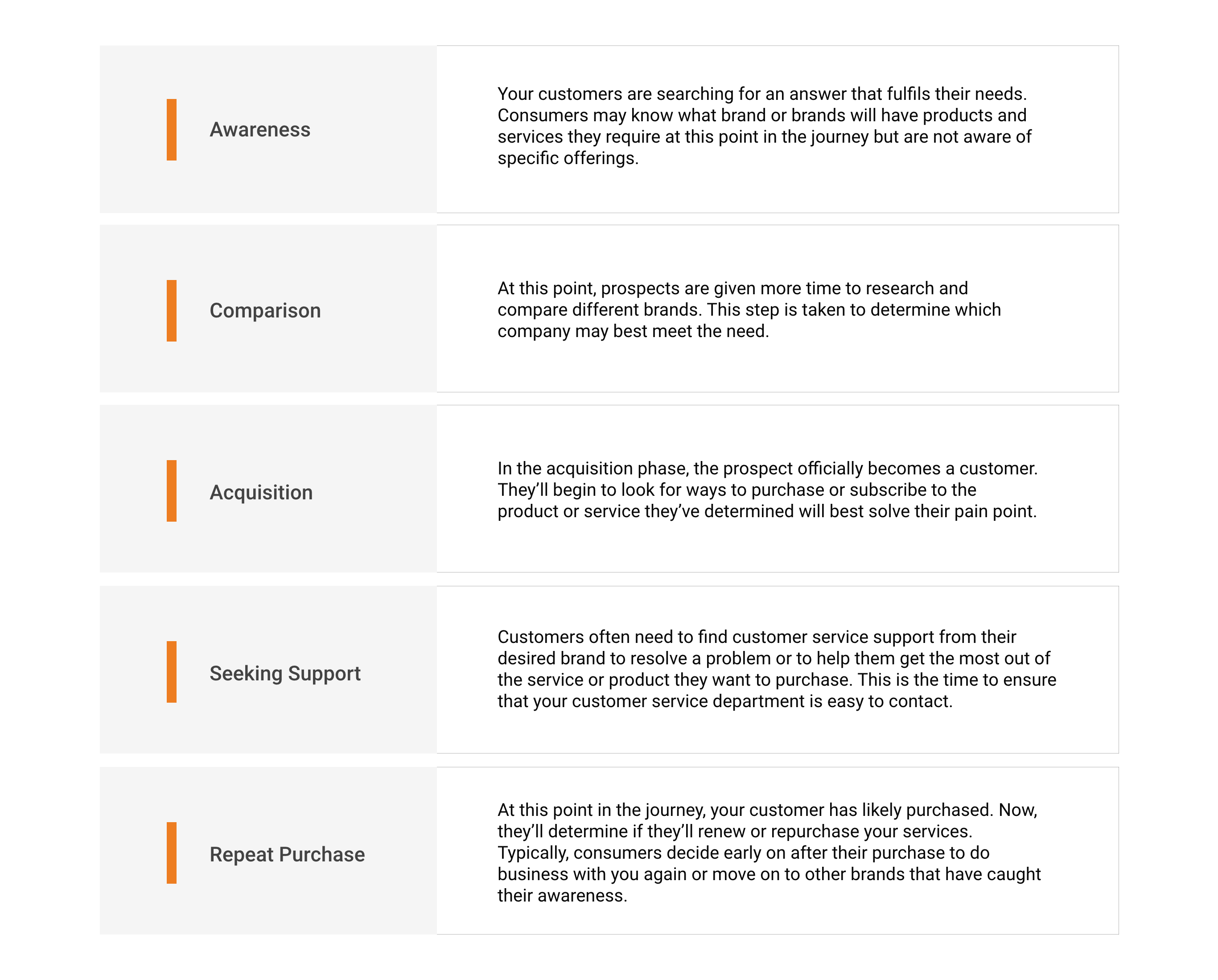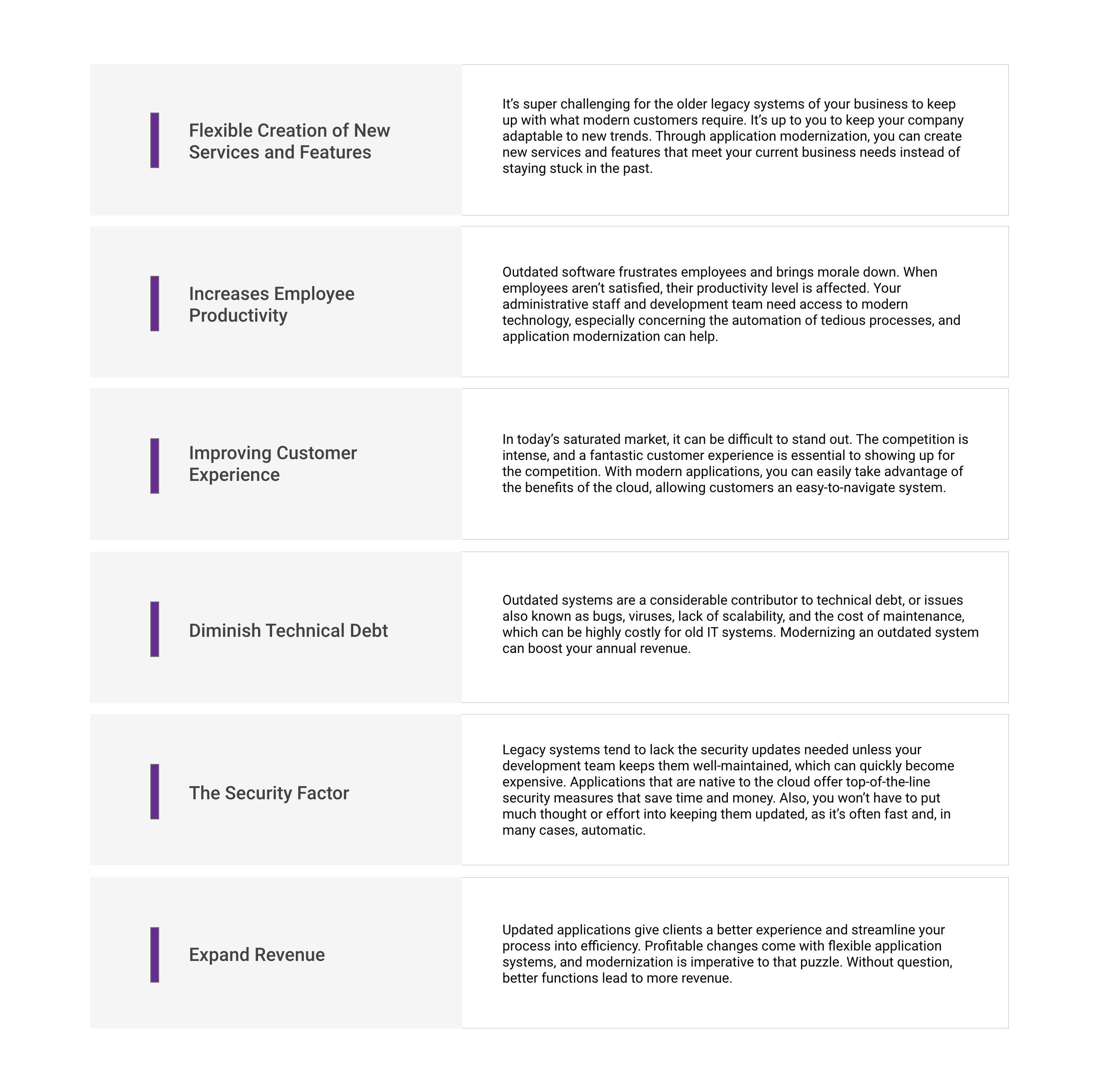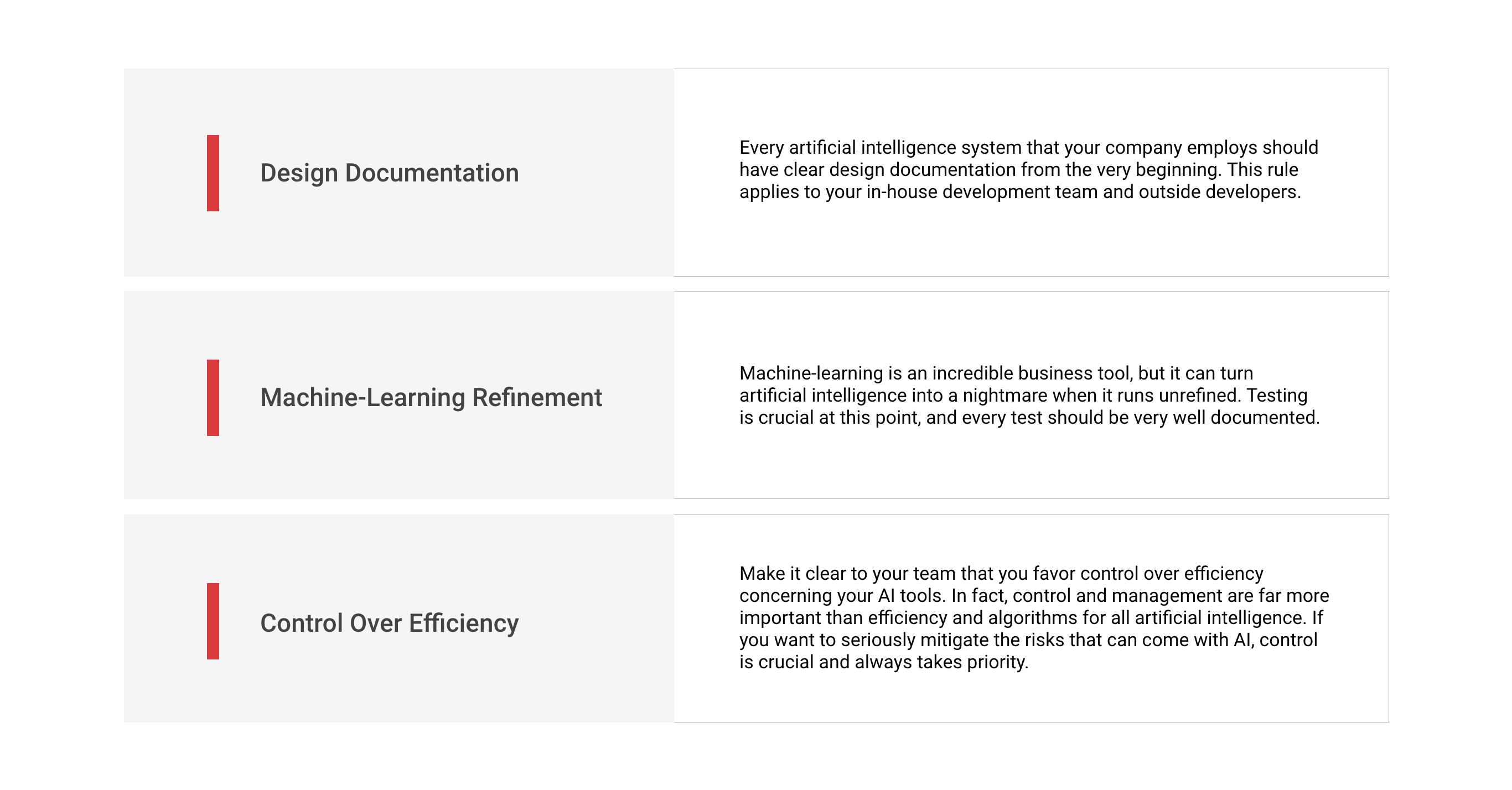Hybrid Multicloud
You can’t turn around without coming into contact with the term “hybrid” today. Hybrid models are everywhere, ranging from vehicles to work environments. The word “hybrid” refers to something made by combining two elements or a mixture. If something is composed of mixed parts, it’s referred to as a hybrid.
For example, a hybrid vehicle is a mixture of a car that runs off gasoline and electricity, while a hybrid employee works both at home and in the office. Leave it to technology to take hybrids to the next level, introducing the Hybrid Multicloud.
Another Level of Cloud Engineering
In the current world of technology, it can be challenging to maintain the constantly thrown around terms and ever-evolving. Lately, you’ve likely heard of the hybrid MultiCloud, but what does it mean for you and your company?
If you’ve been wondering what the hybrid MultiCloud can do for you, you might want to begin by breaking down the term. We’ve already discussed what hybrid means, which is something that is a mixture of other things, or heterogeneous if you will. The term “MultiCloud” refers to more than one cloud computing system.
Therefore, combining the terms “hybrid” and “MultiCloud” means you’re looking at an IT infrastructure that uses a mixture of private, public, or on-premises cloud technology from multiple providers. So, you can see where the term hybrid MultiCloud comes from.
This approach makes complete sense for numerous organizations, but it’s up to you to determine if that pertains to your company or business. However, the hybrid MultiCloud allows you to benefit from and maintain the systems you’ve spent much of your time building. You’ll want to scale those cloud services wherever it makes sense to do so and pair them with the current practices you have in place for reducing your overall costs.
Utilizing the Hybrid MultiCloud Approach
If you’ve been in business for quite some time, you probably know that it’s impossible to rely on only one single technology or system to resolve issues on every project. Technology is all about troubleshooting and figuring out what will work for you and what will not.
In general, it’s unlikely that your business will move every piece of data that you’ve ever created to cloud technology; it’s ill-advised. So, in reality, you’re always technically working on a hybrid model in one way or another. Moving every computing system your development team has ever built to the cloud could potentially do more harm than good. Still, companies of all sizes are finding flexibility within the cloud infrastructure that can power the IT of a business forward.
When you use the hybrid MultiCloud approach in your company, you can easily tailor the approaches that will enhance the way your organization runs. The MultiCloud allows businesses to break things down piece by piece, focusing on specific components, tasks, and projects that need your current attention.
An abundance of your existing platforms is rich in history. Instead of dismantling that history, why not integrate them with new cloud technology capabilities and techniques whenever it makes sense. It would help if you always focused on utilizing the available technology for the current task at hand.
Understanding the Components Behind the MultiCloud
If you’re running a large enterprise, the mainframe will be a vital component of your hybrid MultiCloud structure. Your mainframe is likely what drives your workload.
Because mainframes house so much data, it only makes sense that a massive percentage of your transactions take place (at least partially) on the mainframe, no matter what those might look like. Without question, you’ve got to take this essential part of your business operations and consider it thoroughly when implementing the hybrid MultiCloud.
The Benefits of the Hybrid MultiCloud
There are plenty of benefits of MultiCloud. Knowing the benefits can help you understand how it might make your business easier to manage.
Finding the Best MultiCloud Providers
A hybrid cloud model results in administrators understanding the best technology to assign to each task. Multiple options offer a higher level of agility, meaning you can match your business with the technology that best aligns with different parts of your business.
Agility
It’s not easy to plan a MultiCloud strategy, especially when most companies looking to move to cloud technology are struggling with outdated legacy systems. Don’t bother stressing yourself out by refusing to hire a competent provider who will help you move to a hybrid MultiCloud platform. You’ll find complete agility with your workload and switching between systems from the proper implementation.
Security
The hybrid MultiCloud offers robust security. Cloud service providers are responsible for their security, so your company will benefit from those security systems in place through the protection of your data. However, it’s still essential for your team to assess your security level over time and make changes if necessary.
Drive Innovation Through Automation
The hybrid MultiCloud encourages companies to automate and adequately distribute workloads among teams, integrating development operations and leaving room for innovation. Automation ensures orchestration across multiple cloud environments. It expands deployment capabilities and connects applications with workload processes to deliver your business services quickly.
The Challenges that Come with Change
It’s undeniable that challenges come with integrating any kind and implementing MultiCloud technology is no exception. The goal behind utilizing MultiCloud is to bring control and order to your business without interrupting business transactions. It’s all about building resilience.
Data protection and security will add to the challenges that change, as it will be a huge part of working within the hybrid MultiCloud. In reality, your clients and customers don’t care so much about what type of technology you’re using, but they do care that their data will remain protected in the event of an attempted breach.
When you manage systems on a MultiCloud platform, it can be challenging to deal with separate configuration and security protocols and development techniques. The requirements when utilizing different cloud providers means understanding the deployment techniques of each and monitoring them in different ways.
Building your management solutions is crucial. Not only are you working with separate cloud providers, but you are also employing different technologies within those providers. Knowing how to access and execute these systems requires a lot of internal learning and change. Planning can be the difference between failure and success.
Planning execution is nothing new in the world of business and technology. To build something great and truly harness the capabilities of the hybrid MultiCloud, you have to understand data modernization and cloud engineering as a whole. There isn’t a single developer or development team in history that started from the top to build and execute new technologies.
Success with Modern Technology
Modern technology can be frustrating for many business owners. However, embracing it is necessary to move forward successfully without falling behind the competition. Integrating your old technology with the new is the premise of successfully adopting hybrid MultiCloud technology. Without question, change will deliver copious amounts of value to your company.

























Recent Comments